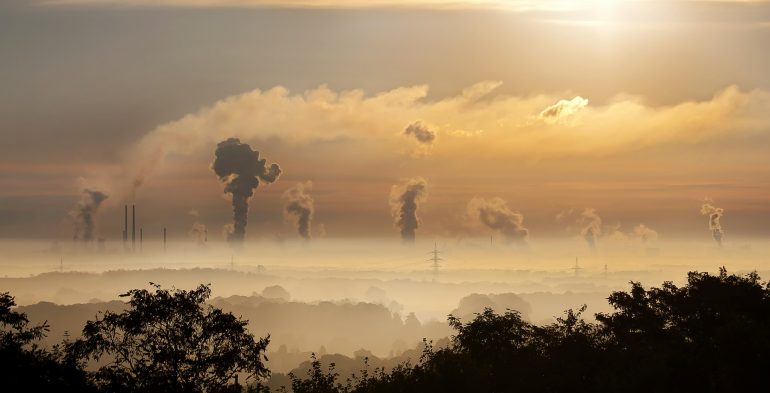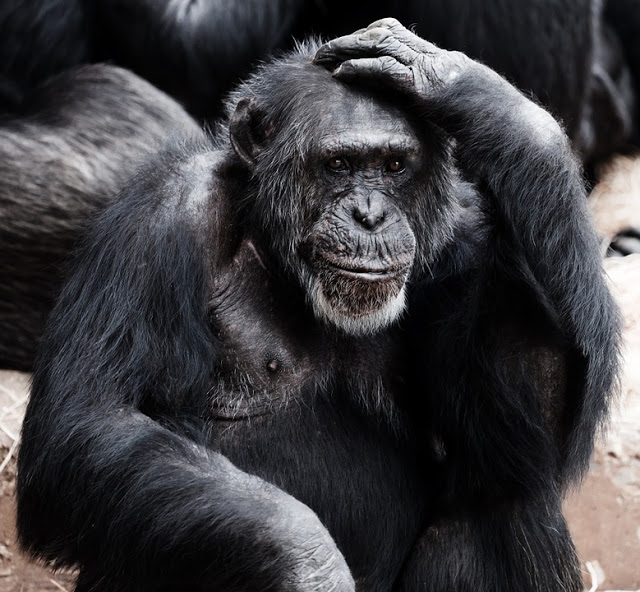Environmental catastrophe related to human-aided air pollution has been well-documented in recent years, with volatile weather patterns and a marked increase in natural disasters dominating headlines. But while hurricanes destroy the Mississippi Delta and tsunamis the Japanese coastline, a more insidious form of long-term environmental damage is taking place. Air pollution is devastating localised biodiversity, troubling international ecosystems and also threatening our personal health.
Threatening Biodiversity
A lack of ambient pollution control is having a slow but consistent impact on ecosystems in a wide variety of habitats, as the presence of pollutants leads to systemic imbalances and eventually a complete collapse of biodiversity in each region. One key form of pollutant-based collapse is eutrophication, a process by which nutrient elements and minerals flood the system, burning out the roots of sensitive plants and encouraging the growth of invasive species; algal blooms are common after eutrophication and can have a devastating effect on underwater wildlife as well as on species that live at the water’s edge.
How Does Biodiversity Affect Human Health?
It is easy to underestimate the effects of pollution on biodiversity, and easier still to underestimate the effects that the slow destruction of ecosystems can have on human life. But our species relies on biodiversity for a range of resources, from food to medicine and beyond; with the delicate balance of nature disrupted by man-made catastrophe, we are risking the loss of vital medicinal materials as well as sources of nutrition.
Direct Impact of Air Pollutants on Humans
Of course, an increase in pollutants in local atmospheres has also had a direct and measurable effect on humans, especially those living within close proximity to pollutive environments such as urban centres and industrial zones. While various airborne materials and compounds present a serious threat to human life, the more common side-products of industrial pollution are dioxins – highly toxic chemical compounds that can be found in the air and also in our food, owing to their lipid solubility.
Dioxins pose serious risks to our health and have been attributed to a vast array of conditions and diseases in the human body from liver issues to digestive problems and even cancer. Worse still, foetuses and newborn babies are particularly vulnerable to the toxic compound, suggesting the possibility of a pollutant-based epidemic if air pollution is not adequately brought under control
Next Steps for Safety
Unfortunately, there is little the individual can do to make a difference when it comes to industrialised and infrastructure air pollution, beyond endeavouring to take public transport and buy energy-efficient products where possible. It is, however, possible to monitor the air pollution in your area – allowing you to protect yourself on days of high particle levels with PPE and limited travel.





